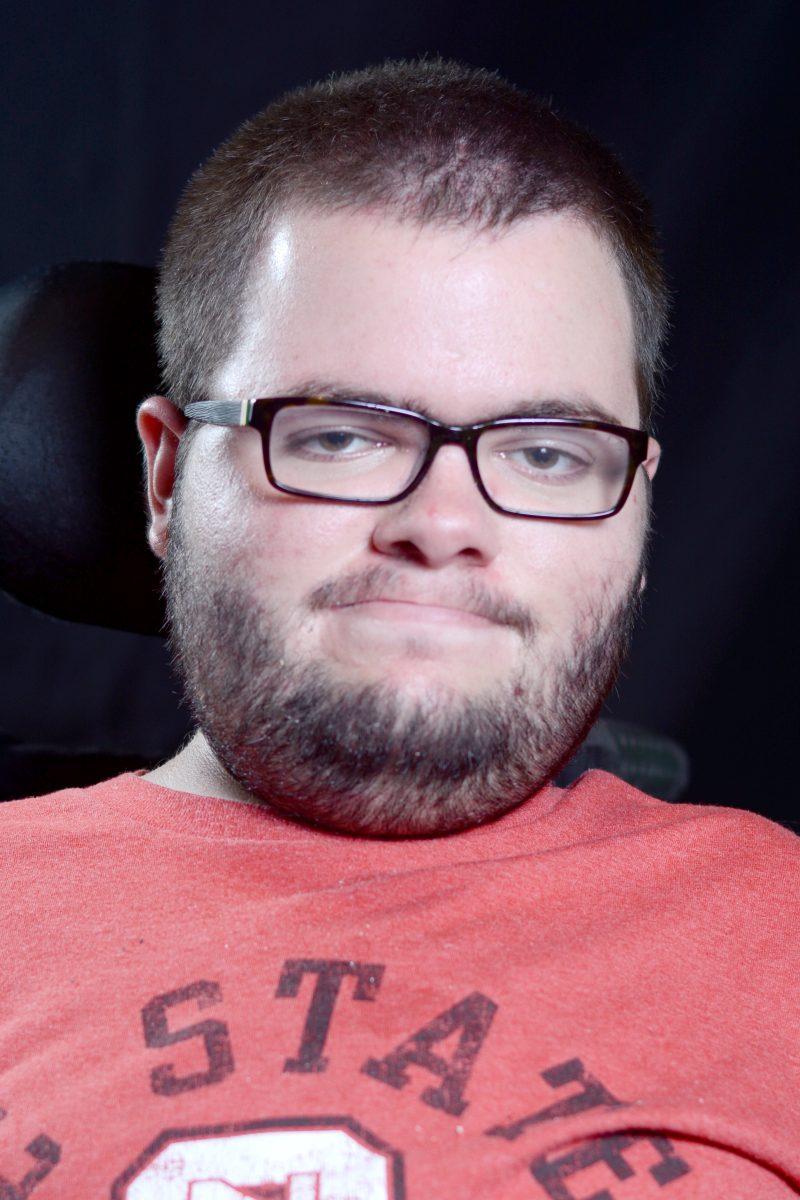I’ve always been something of a maverick in my generation when it comes to technology. It took me until my junior year of high school to get a Facebook, my Twitter account has yet to reach the 1,000-tweet mark and I have no intention of joining Instagram or Snapchat. And despite being a longtime reader, I’ve only recently started purchasing e-books.
When it comes to reading books online, I have mixed feelings. On the one hand, e-books are generally cheaper than their paperback and hardcover counterparts, and they are of course easily accessible. Yet every time I download one on my iPad, I’m reminded of something a friend told me in high school: “It’s not a book if it isn’t dusty.”
As a writer who loves the look and feel of print, both old and new, I certainly understand my friend’s sentiment. To this day I keep on my shelf my grandfather’s old Shakespeare collection, which he received when he was a student at Yale. And being a comic book collector, I purchase all my single issues and graphic novels in print. Despite the affordability and massive amounts of content found within apps like MarvelNow, they simply don’t compare to seeing the art and text on the printed page.
Still, there remain two key factors which draws me to e-books. One is the price, which for a student journalist whose personal income stems mostly from disability benefits, cheaper forms of entertainment are always a plus. Just the other day I bought a digital version of an old Stephen King novel for a mere $1.99. I’ve also found a number of literary classics for free on the same app.
The other component is the easy-to-use nature and accessibility of e-books. Even the most technologically inept individual can figure out how to turn pages on a Kindle or Nook, or so I hope. Then for me and other physically disabled individuals with limited arm strength, it takes significantly less physical energy and capability to swap pages on an e-book than it does to flip through a printed edition. Particularly with hardcovers and long paperbacks, I often find myself physically exhausted trying to read them because my hand wears out.
Yet what I find most interesting about e-books is that unlike other forms of media, such as film and music, it’s easier to find readers today who prefer print than it is DVD collectors or people who still listen to records. Last September, a New York Timesarticle titled “The Plot Twist: E-Book Sales Slip, and Print is Far From Dead” stated that despite fears that print would wither away, “the digital apocalypse never arrived, or at least not on schedule. While analysts once predicted that e-books would overtake print by 2015, digital sales have instead slowed sharply.”
The article went on to say that e-book sales had dropped by 10 percent within the first five months of 2015, according to the Association of American Publishers; and that “digital books accounted last year [2014] for around 20 percent of the market, roughly the same as they did a few years ago.”
Judging by the fact that the last video rental store in the Triangle closed in December of last year, while on the flip side independent bookstores in the area such as Quail Ridge Books & Music and So & So books continue to do well, I’d say the literary community has worked hard to prevent the so-called “digital apocalypse” from coming as swiftly as many predicted.
Ultimately, there is nothing quite like holding a book in your hands, be it a fresh copy or one so worn that the pages fall out if you’re not careful. Yet regardless, e-books do have their advantages, and while it’s easy to point to their existence as another example of our technologically-obsessed culture, perhaps it’s best to instead strive for a healthy balance between print and digital. Now if you’ll excuse me, I have that non-dusty Stephen King novel to get back to.
















